Happy WorldPride! Time to celebrate the beautiful diversity of our planet’s wildlife in all forms, shapes, sexualities, genders, and sizes!
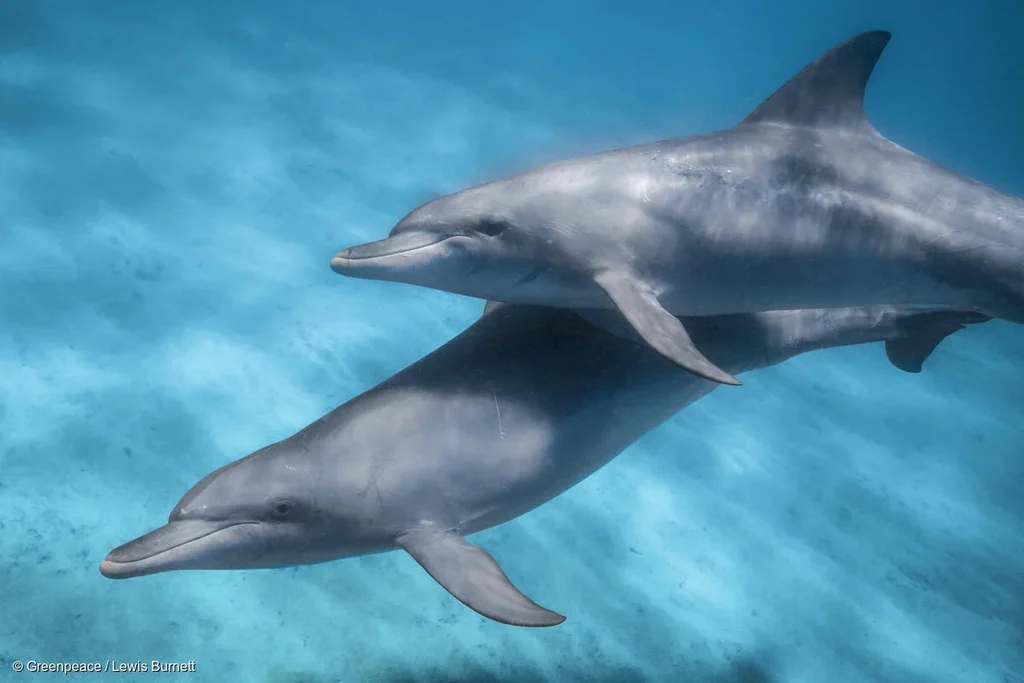
Greenpeace is no stranger to rainbows. Synonymous with breaking boundaries and fearless campaigning, they’ve been our emblem of hope and diversity on all of our ships since we began back in 1971. We even named our flagship the Rainbow Warrior.
So as we continue to party our way through WorldPride, and wave our rainbow flags to celebrate our LGBTQIA+ crew and supporters from across the world, we thought, why should our wildlife miss out on all the fun?!
Here are just a few of our favourite queer creatures:
Penguins
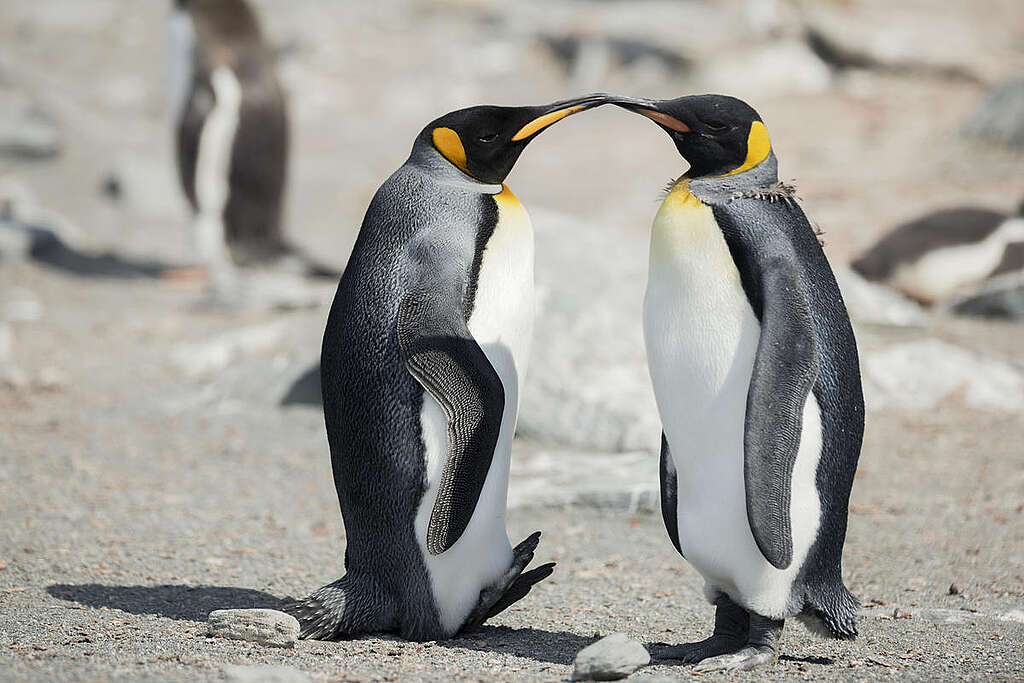
Monogamous romance is alive and well within penguin colonies, and many penguin species (including Adelie, King, and African penguins) have been observed by scientists over decades spreading same-sex love and courtship.
Elephants
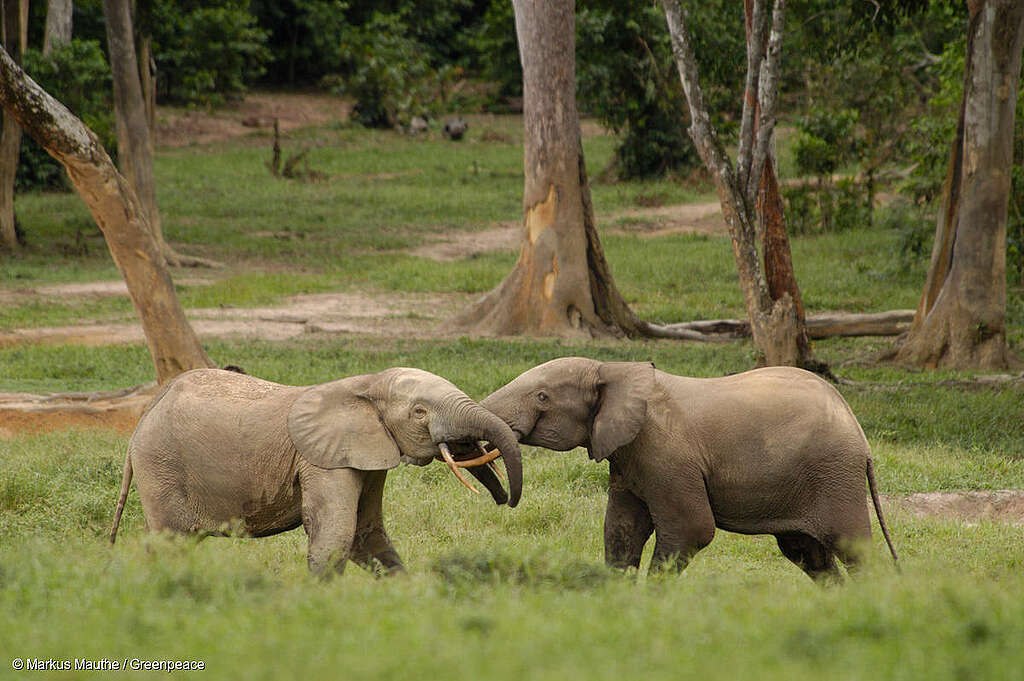
Both African and Asian elephants have been found to cultivate loving same-sex partnerships with one another, in and outside the bedroom.
Elephants will affectionately interact with their partners by touching mouths (aka kissing), intertwining trunks, and grooming each other.
We’re not crying, you’re crying!
Dolphins
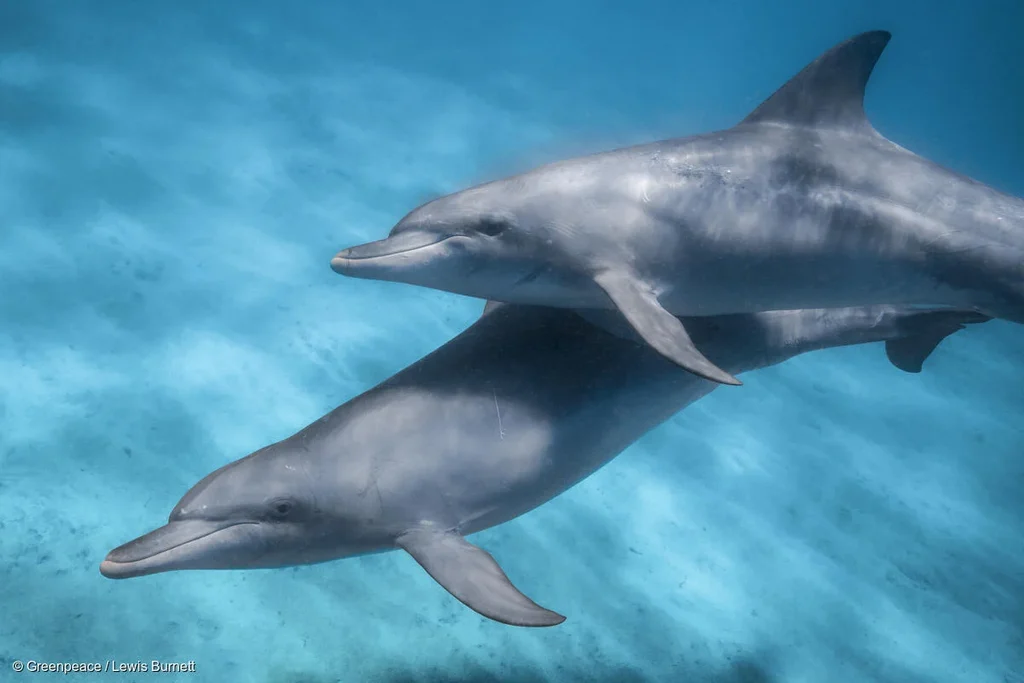
As fabulous as they are flamboyant, bisexuality is commonly observed amongst both male and female bottlenose dolphins.
In fact, it’s thought that all male bottlenose dolphins are bisexual!
Albatross
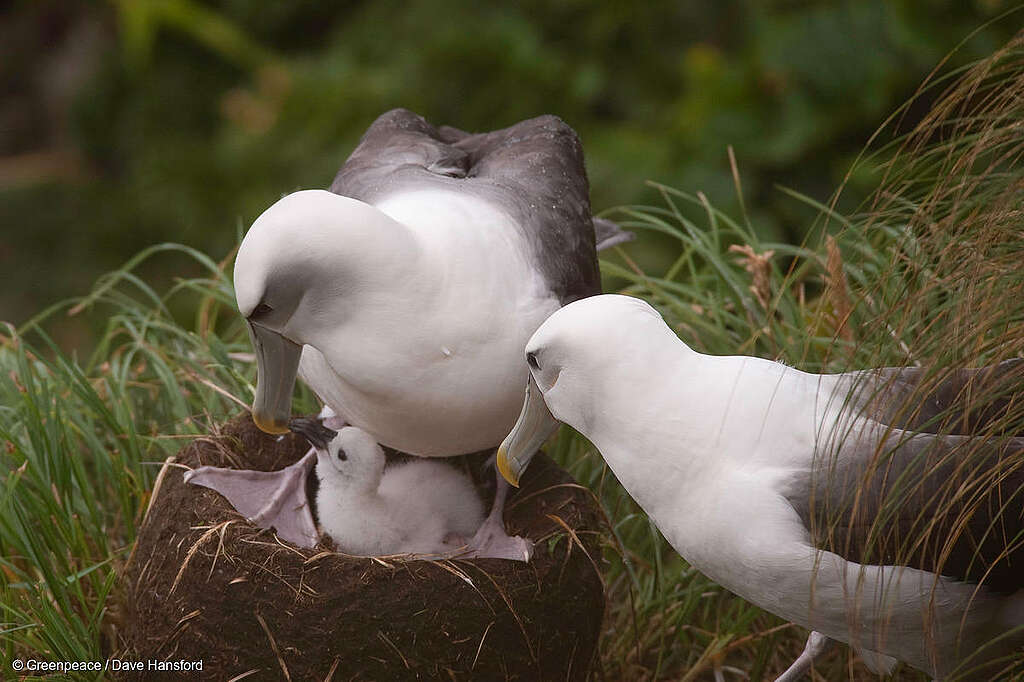
Much like penguins, albatross are largely monogamous and are even well-known to loudly celebrate when reuniting with their life partner following a long absence. Stop it!
And much else like penguins, same-sex female partnerships are a common occurrence. In fact, one study of Laysan albatross in Oahu, Hawaii, showed that one-third of lifelong pairs were female same-sex couples.
Gorillas
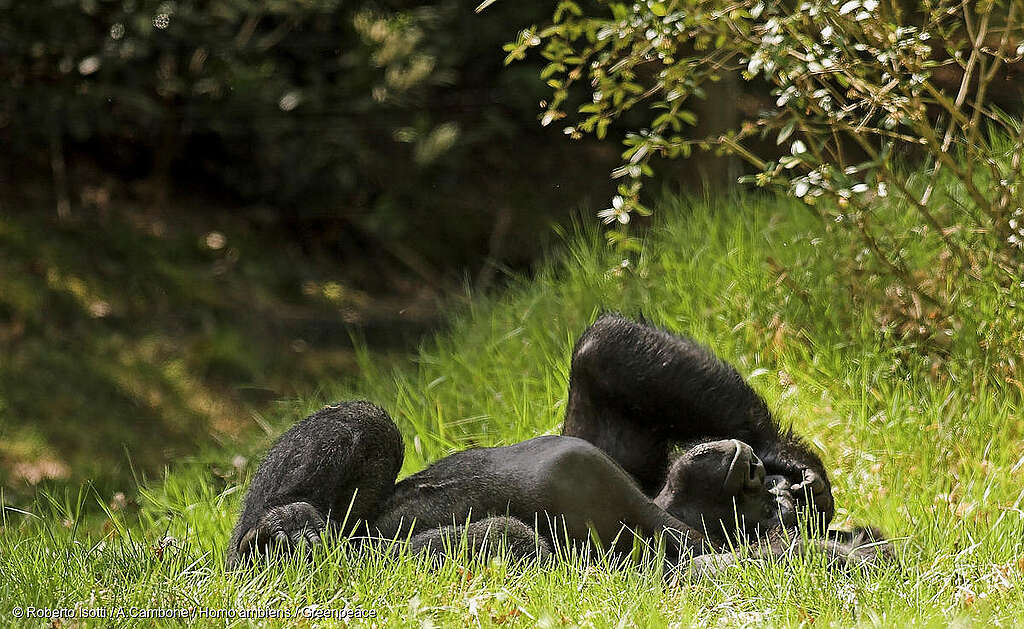
Some of our closest living relatives, human beings share 98% of our DNA with gorillas. So it should be a surprise to exactly no one that homosexuality has been observed amongst all three gorilla subspecies; the western lowland gorilla, the eastern lowland gorilla, and the mountain gorilla. Love is love!
Seahorses
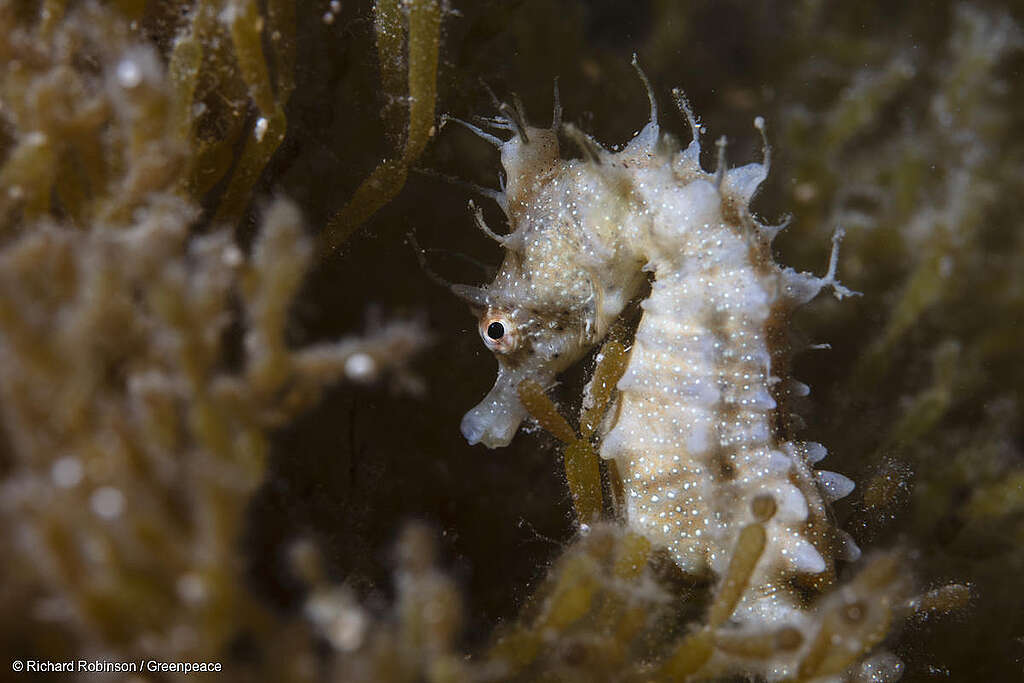
Not only have seahorses been defying gender roles through male pregnancies and embryo incubation in a pouch located on their tail, but they are also not as monogamous (or straight!) as once thought either.
Recent studies have indicated that seahorses will engage in same-sex courtships, and spend the rest of their day flirting with many other potential partners.
The biggest flirt was the Australian seahorse – in case you were wondering.
Clownfish
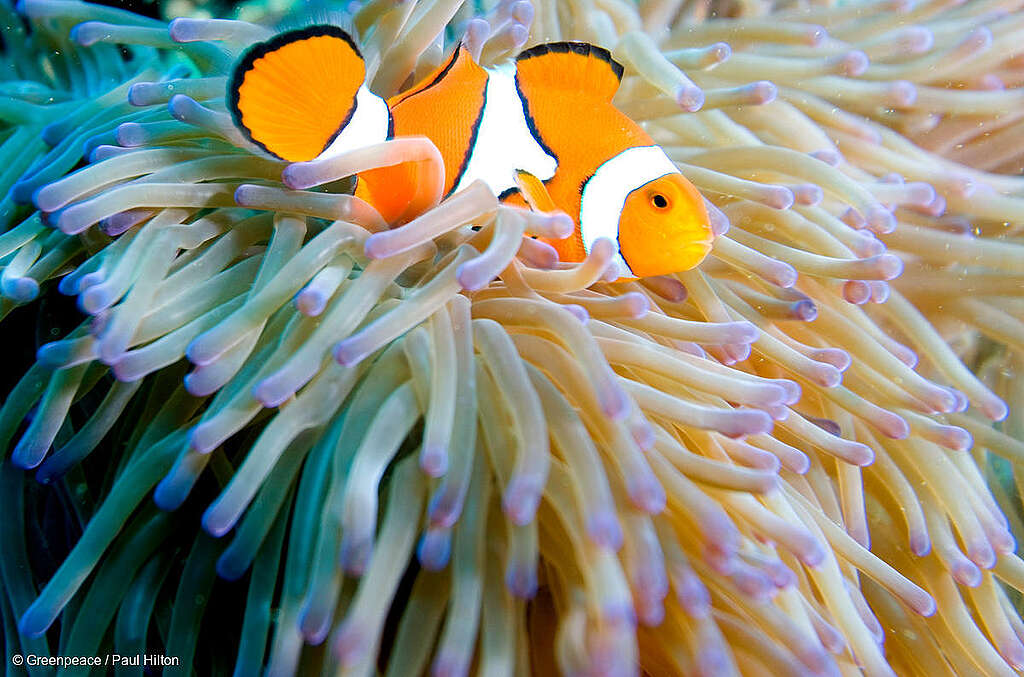
Did you know all clownfish are actually born male? And in a school (one male, one female and juvenile males) when the dominant female dies, the dominant male will take its place and become female, and a juvenile male will move up the ranks to become the dominant male.
Finding Nemo 3, anyone?
Nudibranch
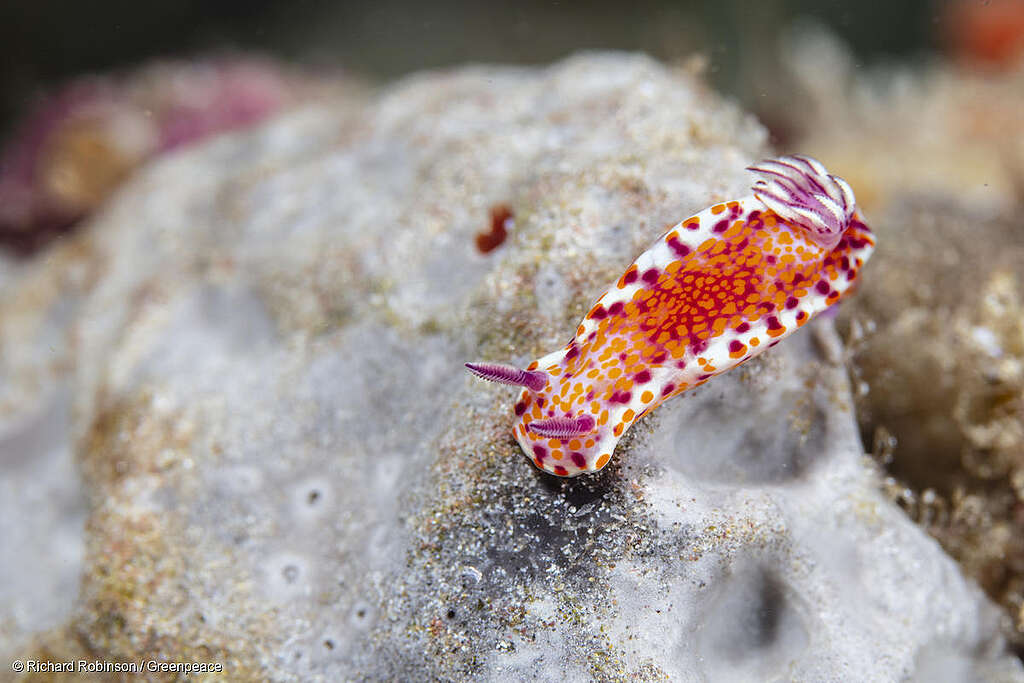
Last, but certainly not least, is the nudibranch, a tiny marine mollusc found in tropical waters like the Great Barrier Reef.
Fondly known as the ‘butterflies of the sea’, if their bright colours weren’t #worldpride enough for you, what if we told you they simply defy constraints of gender altogether?
Yup! Nudibranchs are hermaphrodites, meaning each is both male and female at the same time. During mating, they will simultaneously adopt ‘male roles’ as sperm donors, and ‘female roles’ as sperm recipients.

